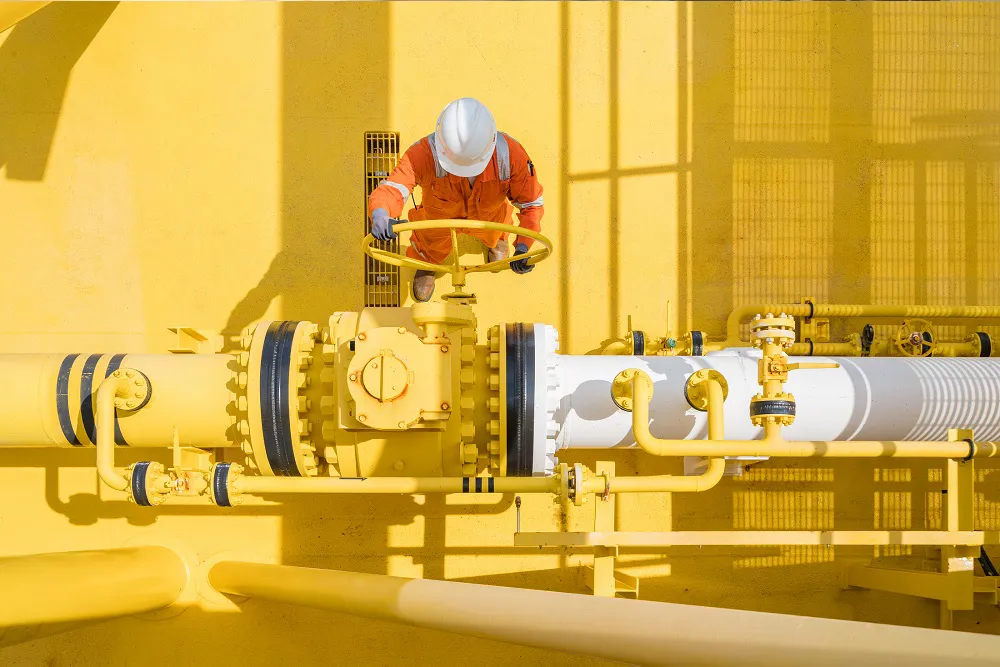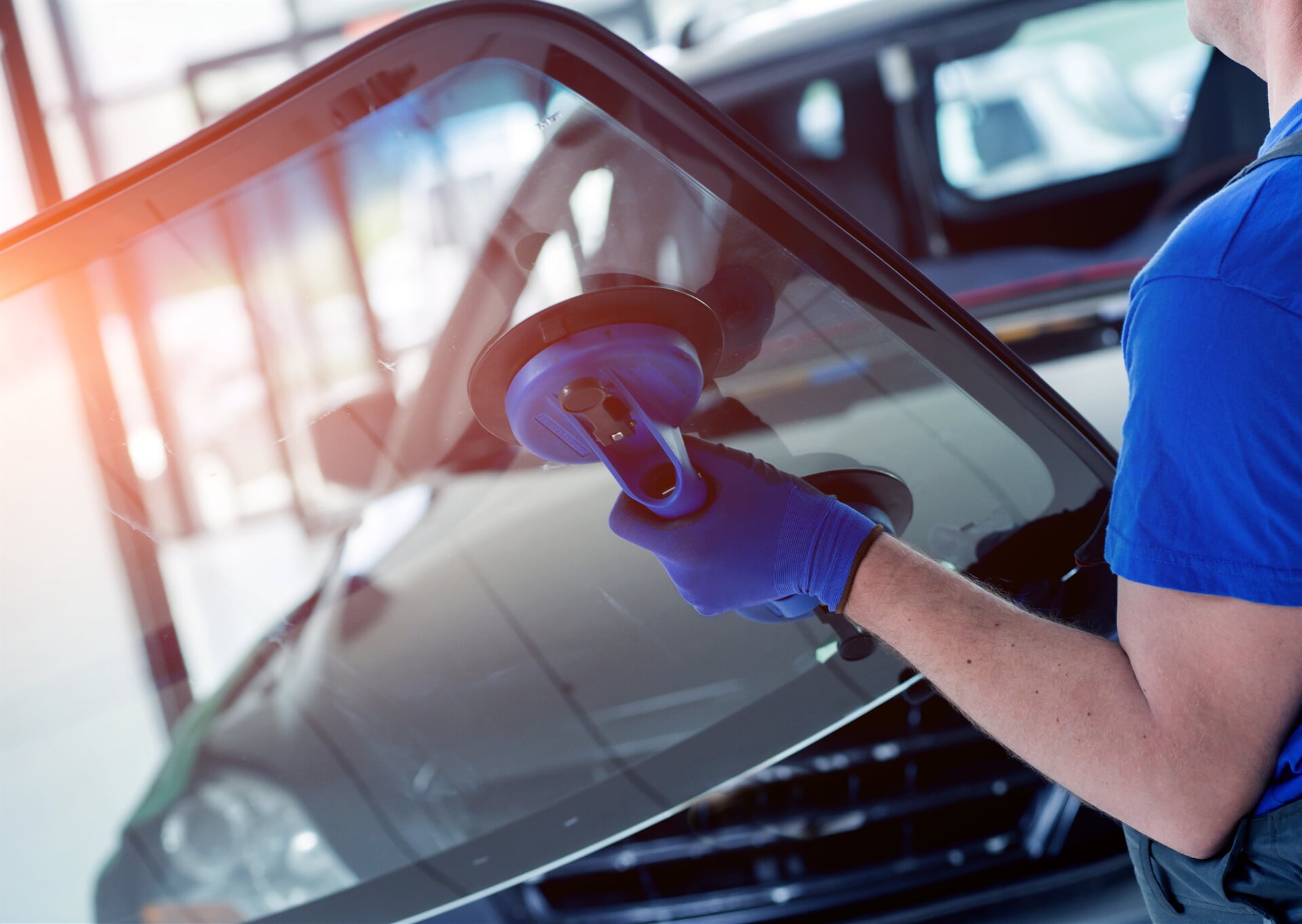The oil and gas industry is known for its high-risk, high-reward nature. It is an essential part of our modern society, providing fuel for transportation, electricity generation, and a wide range of consumer goods. However, with great power comes great responsibility. The extraction, refining, and transport of oil and gas pose a significant danger to both the environment and human life. One of the most critical ways to mitigate these risks is through pipe maintenance.
The Importance of Pipe Maintenance
Pipelines are the backbone of the oil and gas industry. They transport crude oil, natural gas, and other petroleum products from production sites to refineries, storage facilities, and ultimately to consumers. Without pipelines, the industry would come to a standstill.
However, these pipelines are not infallible. Over time, they can degrade and develop leaks or cracks, which can lead to catastrophic failures. These failures not only result in environmental damage but also pose a significant threat to human life and property.
That’s where regular pipe maintenance comes in. By closely monitoring the condition of pipelines and addressing any issues promptly, companies can prevent disasters from occurring.
The Risks of Neglecting Pipe Maintenance
The consequences of neglecting pipe maintenance can be severe. In 2010, the Deepwater Horizon incident in the Gulf of Mexico caused one of the worst environmental disasters in history. The explosion and subsequent oil spill resulted in the loss of human life, extensive damage to marine life and ecosystems, and billions of dollars in cleanup and compensation costs.
In addition to the potential for environmental disasters, neglecting pipe maintenance can also result in financial losses for companies. When pipelines fail, production comes to a halt, resulting in lost revenue and costly repairs.
Implementing an Effective Pipe Maintenance Program
An effective pipe maintenance program involves regular inspections and monitoring of pipeline conditions. This includes using advanced technologies such as ultrasonic testing, magnetic flux leakage, and pressure transducers.
Pressure transducers, in particular, play a crucial role in monitoring the operational condition of pipelines. They provide real-time data on the pressure within the pipes, enabling early detection of anomalies that could indicate a potential failure. Early detection through these technologies allows for timely maintenance or repair, significantly reducing the risk of catastrophic failures that could lead to environmental and financial losses.
Implementing a comprehensive maintenance program also involves conducting routine cleaning, corrosion prevention, and repair or replacement of any damaged sections of pipelines.
The Role of Government Regulations
In addition to implementing their own maintenance programs, companies in the oil and gas industry must also comply with government regulations. These regulations set standards for pipeline construction and maintenance, as well as regular inspections and reporting requirements.
Government agencies also conduct audits and investigations to ensure companies are following these regulations and taking proper measures to prevent disasters. This oversight helps to hold companies accountable for their actions and encourages them to prioritize pipeline maintenance.
The Future of Pipe Maintenance
As technology continues to advance, the future of pipe maintenance looks promising. New techniques such as remote monitoring and robotic inspections are being developed, making it easier and more cost-effective for companies to maintain their pipelines.
Moreover, with the increasing focus on sustainability and environmental responsibility, there is a growing emphasis on proactive pipeline maintenance to prevent disasters rather than reactive measures after they occur. This shift in mindset will likely lead to further advancements and improvements in pipe maintenance strategies.
Conclusion
In conclusion, pipe maintenance is a critical aspect of preventing oil and gas disasters. By implementing effective maintenance programs, utilizing advanced technologies, complying with government regulations, and embracing innovation, the industry can work towards a safer and more sustainable future. As consumers continue to rely on oil and gas for their daily needs, companies must prioritize the safety of their pipelines to protect both people and the environment.


















